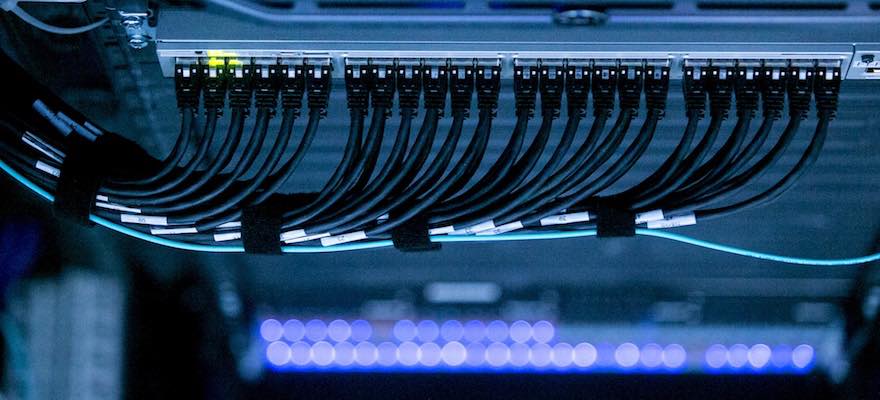What Is a Value Chain?
A value chain discloses all the activities done to produce a product or a service. Product-producing companies follow a value chain’s specific steps from a product’s conception to its distribution. In short, a value chain is a business model that helps a company realize a goal from merely an idea.
Why should a business conduct a value chain analysis? Value chains help companies increase their production efficiency and identify the highest value to have a competitive advantage at the cheapest possible cost.
More on value chains
The market competition can be challenging. Some competition elements are pricing, innovative products, and consumer loyalty. Competition is one of the biggest reasons why a company should conduct a value chain because it identifies the business’s weak points then improves those weak points to generate a more significant profit with lesser expenses.
Value chains also strengthen customer loyalty, security, ad confidence.
Michael Porter and value chains
Michael Porter from Harvard business school wrote the book “Competitive Advantage: Creating and Sustaining Superior Performance,” which introduced value chains in commerce. In the book, he said: “Competitive advantage cannot be understood by looking at a firm as a whole. It stems from the many discrete activities a firm performs in designing, producing, Marketing , delivering, and supporting its product” which means that maximizing the value of the business’s every aspect is essential.
The value chain concept of Michael Porter has two primary branches and support activities.
Primary Activities vs. support activities
Primary activities help companies to step up in the competition with these five elements:
- Inbound logistics are functions like receiving materials, warehousing procedures, and inventory management.
- Operations are processes of turning raw materials into a product.
- Outbound logistics is the distribution to customers.
- Marketing and sales are broadening a product or a service’s exposure to the consumers through advertisements, promotions, and pricing.
- Servicing includes maintaining, repairing, refunding, and exchanging products and customer service.
Support activities are like helping hands to the primary activities, hence the name support activities. Companies also address them as overhead costs on an income statement.
- Procurement is the method of acquiring raw materials.
- Technological development is more on the research and development aspect where manufacturing techniques and automating processes are present.
- Human resources evaluate individuals if they have the potential to help the company. HR managers are responsible for hiring employees.
- Infrastructure are the company systems and management team compositions like accounting, finance, planning, and quality control.
These are examples that follow a value chain:
- Products are items that we can physically touch.
- Services are more of the items with intangible value.
- Ecommerce
- Software as a service or Saas has a cloud platform host that allows users to access scalable software without paying for expensive software installations, data centers, and hardware. Their value chains are more on technology and a little bit of marketing and customer service. They sell by word of mouth or by using large global sales teams.











